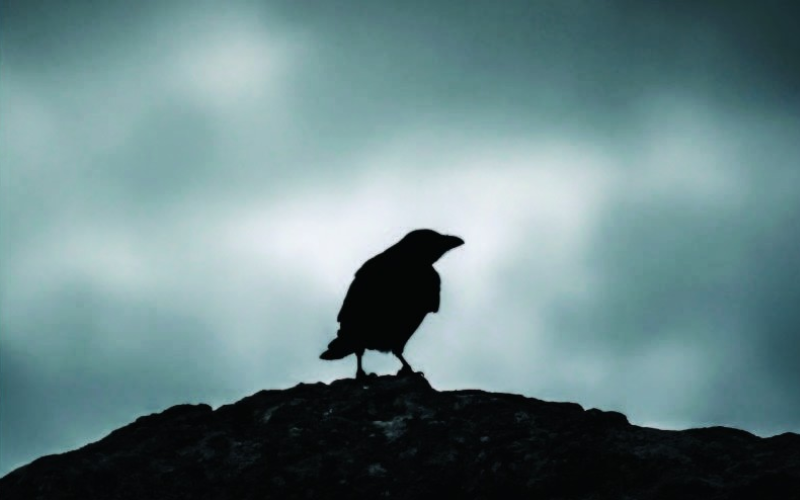Never judge a book by its cover. Tiffany shares a list of fairy tales with a more sinister origin.
Trigger warnings: These stories contain elements of murder, cannibalism, death, and graphic violence.
A fairy tale is often defined as a children’s story typically including magical beings and lands. While I agree with the magical part, many stories that we now call ‘fairy tales’ actually have extremely dark themes.
We may have heard of the darker, GRIMMer, versions of well-known tales like Cinderella and Rapunzel. But did you know that there are many more like them out there? And yes, these are identified as children’s stories!
Here’s a list of less popular, but equally disturbing, stories written by The Grimm Brothers and how their themes are shunned today.
Contains spoilers, consider yourselves warned.



